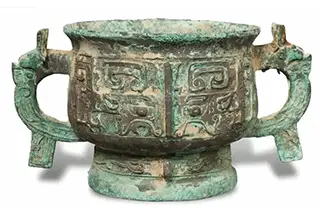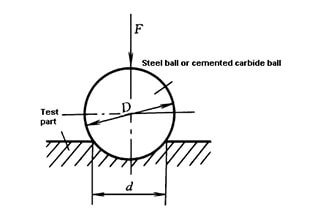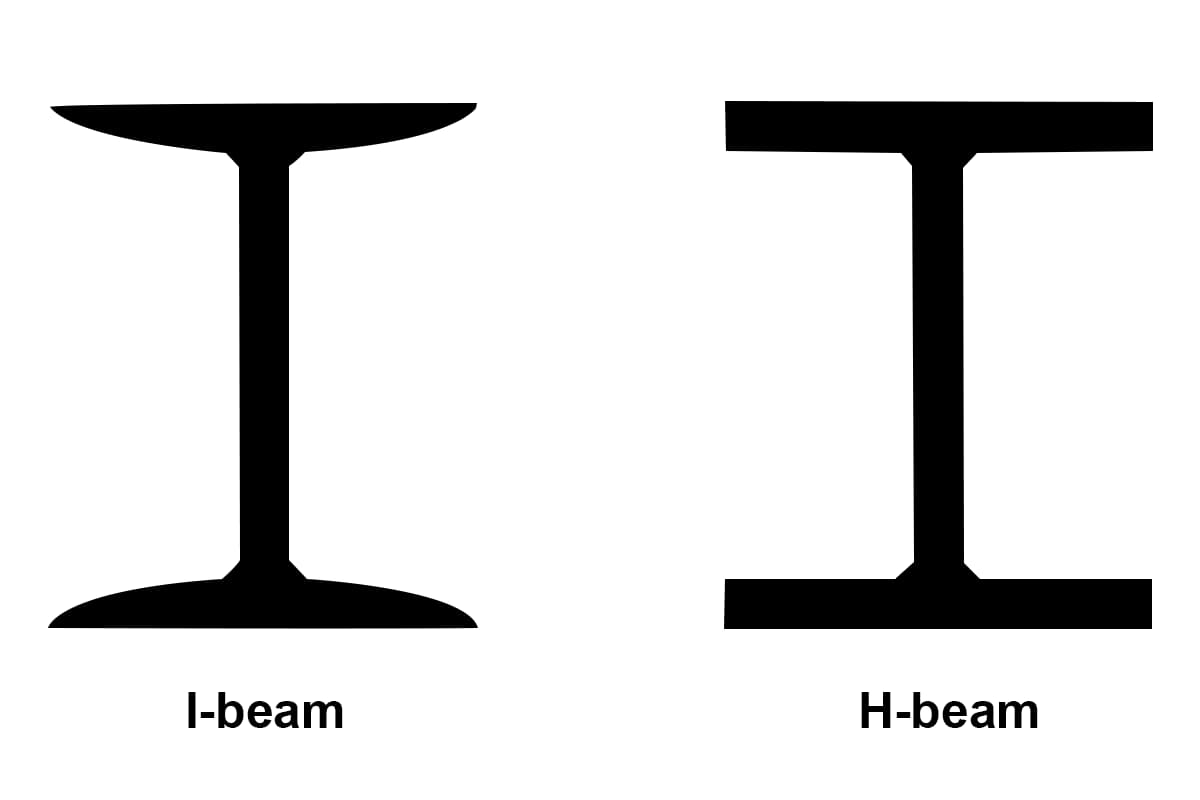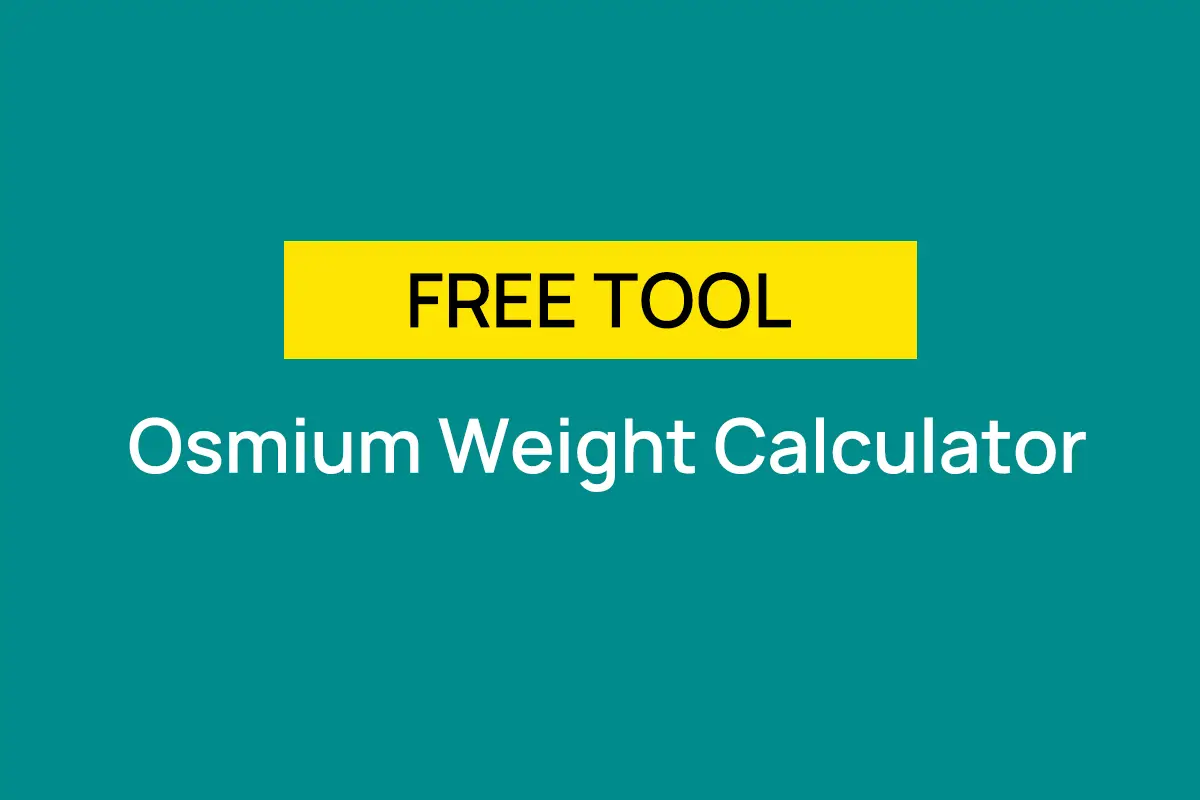
Ever wondered why aluminum profiles are the backbone of modern construction? This article delves into their essential roles, exploring the materials, performance requirements, and intricate production processes that make them indispensable. Discover how casting, extrusion, and surface treatments transform raw aluminum into versatile and durable profiles used in buildings and various industries. Prepare to gain insights into the precise engineering behind these critical components, enhancing your understanding of their impact on contemporary architecture and manufacturing.
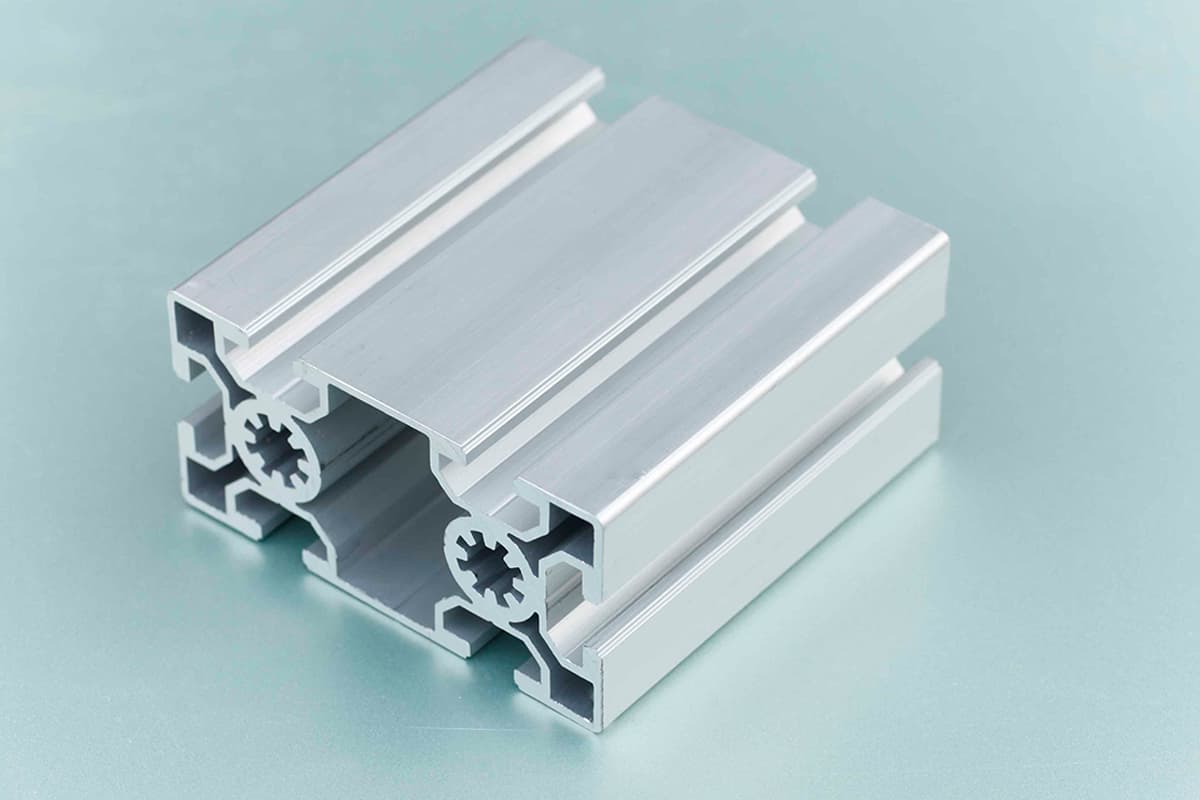
1. The following combinations of alloy types and hardnesses can be used to make aluminum profiles if they meet the requirements for production processing, surface treatment, and performance: 6063-T5, 6063-T6, 6105-T5, 6061-T6.

Other 6xxx series alloys can also be submitted for approval if they meet the technical requirements.
The thickness of the aluminum profiles must not be lower than the following requirements based on performance needs:
a. Main aluminum profiles: 3.0mm.
b. Cover plates and non-structural decorative strips around the glass: 1.5mm.
c. All aluminum profiles must be high-quality products for construction, and their allowable processing errors should meet the “GB/T 5237 – Regulations for Aluminum Alloy Building Profiles”. The material should meet the requirements of “GB/T 3190 – Chemical Composition of Deformed Aluminum and Aluminum Alloys.
d. All submitted aluminum profiles should be accompanied by mold drawings showing that the material thickness requirements are met, and these should be archived.
2. The following combinations of alloy types and hardnesses can be used to make aluminum plates or sheets if they meet the requirements for processing, surface treatment, and performance: 3003-H14, 5005-H14.
Other 3xxx, 5xxx, or 6xxx series alloys can also be submitted for approval if they meet the technical requirements.
The plates should meet the requirements of “GB/T 5237”.
The thickness of the plates must not be less than the following requirements based on performance needs:
a. Aluminum plate-formed components: 3.0mm.
b. Unless specifically required by architectural drawings, the thickness of the aluminum plate is 3mm. Reinforcement measures should be taken as required to ensure that the external flatness of the aluminum plate does not exceed 0.1% or 1.5mm (within 1.5 meters), whichever is smaller. The thickness of aluminum plates used for canopies and ceilings should be 5mm.
c. The minimum thickness of the cover plate should be 3.0mm.
The color and treatment method of the aluminum material surface should be consistent with the approved submitted samples within the range of the aluminum material manufacturer’s standard color card.
The color and treatment of the aluminum surface should be consistent with the approved submission samples within the range of the standard color card of the aluminum manufacturer.
1. Fluorocarbon spraying or other equivalent practices must be approved by the architect.
2. Exposed outdoor aluminum
a. All visible outdoor aluminum surfaces should have a factory-applied Duranar XL coating, and the fluorocarbon paint used should be based on Kynar 500 fluoropolymer resin supplied by PPG or other authorized formula suppliers. The facade subcontractor should submit written authorization proof to the owner and architect for review before spraying, demonstrating that the paint formula and spraying operations meet the requirements.
b. Duranar XL coating includes three coatings and three bakes. The average dry film thickness of PPG primer is 5 to 8 micrometers. The average dry film thickness of Duranar color paint is 25 micrometers. The average dry film thickness of XL Sun Storm clear paint is 10 to 20 micrometers. The total dry film thickness should be at least 40 micrometers.
c. Indents or invisible parts, such as inner corners and grooves, should also be sprayed as much as possible.
d. Aluminum often has a certain length before cutting and processing. The facade subcontractor must use suitable processing equipment to ensure a good cutting edge condition. If the cutting edge is exposed to the outdoor environment, it needs to be treated or sealed to avoid edge damage to the coating.
e. Surface treatment
1) A1-Duranar XL (3 coats) or equivalent product, light silver, consistent with the architect-reviewed sample.
2) A2-Duranar XL (3 coats) or equivalent product, dark gray, consistent with the architect-reviewed sample.
3) A3-Duranar XL (3 coats) or equivalent product, blue-gray, consistent with the architect-reviewed sample.
4) AR1- Standing seam roof system, anodized and embossed treatment. Consistent with the architect-reviewed sample.
5) AR1P- Perforation rate of 32%, hole diameter of 3mm standing seam roof system, anodized and embossed treatment. Consistent with the architect-reviewed sample.
6) AR4-Duranar XL (3 coats) or equivalent product, color and texture consistent with AR1.
3. Indoor and Outdoor Exposed Aluminum Materials
a. The surface of the aluminum is treated with PPG fluorocarbon paint baking in the factory.
b. The dry film thickness should be at least 60 to 80 micrometers.
c. Recessed or invisible parts, such as inner corners and grooves, should also be sprayed as much as possible.
d. The baking operation should be carried out by a baking factory authorized by the formula manufacturer, and the operation should strictly follow the technical requirements for cleaning, priming, coating, and quality control. The exterior curtain wall subcontractor should submit written authorization proof to the owner and architect for review before spraying, proving that the paint formula and spray operation meet the requirements.
e. Surface Treatment
1) A4-Duranar (2 coats) or equivalent product, dark gray, consistent with the sample reviewed by the architect.
2) A5-Duranar (2 coats) or equivalent product, light silver, consistent with the sample reviewed by the architect.
4. The surface baking should at least meet the requirements of “AAMA 2605” – Voluntary Specification, Performance Requirements, and Test Procedures for High Performance Organic Coatings on Aluminum Extrusions and Panels.
5. The surface baking should at least meet the requirements of “AAMA 2603” – Voluntary Specification, Performance Requirements, and Test Procedures for Pigmented Organic Coatings on Aluminum Extrusions and Panels.
6. The surface baking should at least meet the requirements of “AAMA 2604” – Voluntary Specification, Performance Requirements, and Test Procedures for High Performance Pigmented Organic Coatings on Aluminum Extrusions and Panels.
7. The color difference of adjacent components treated with the same surface treatment method under normal sunlight should be imperceptible to the naked eye. The exterior curtain wall subcontractor should submit samples that reflect the maximum color difference range for review by the owner, architect, and design consultant.
8. The exterior curtain wall subcontractor should establish and submit a complete quality control system to ensure compliance with the technical requirements. The quality control system should include recorded procedures, steps, tests, etc. The exterior curtain wall subcontractor must keep complete records of inspections, tests, and procedures, and these records should be submitted regularly to the owner, architect, and design consultant. Surface treatment should not be performed until this quality control system is reviewed and approved by the owner and architect.
9. Materials that have not been tested and tested according to standards, or whose color difference exceeds the standard color difference range, or materials rejected by the owner or architect, should not be submitted for review.
10. On-site touch-up of aluminum materials must be authorized in writing by the owner. On-site touch-up can only use the “natural air drying” method, as follows:
a. The materials and procedures for on-site touch-up must strictly follow the manufacturer’s written instructions.
b. Damaged materials identified by the owner or architect must be replaced.
c. The exterior curtain wall subcontractor must test the entire touch-up process on the sample and submit it to the owner and architect for review. On-site touch-up should not be performed until the sample is approved by the owner and architect.

The production process of aluminum profiles mainly includes three stages: casting, extrusion, and coloring (coloring in this project primarily involves anodizing and fluorocarbon spraying).
The process includes:
(1) Ingredient mixing:
Based on the specific alloy grade to be produced, the amount of each alloy component is calculated, and raw materials are reasonably matched.
(2) Melting:
The prepared raw materials are melted in a furnace according to process requirements. Impurities and gases in the melt are effectively removed through degassing and slag refining.
(3) Casting:
The melted aluminum is cooled and cast into round casting rods of various specifications under certain casting conditions through a deep well casting system.
The process involves designing and manufacturing molds according to the cross-sectional design of the profile product. Heated round casting rods are then extruded from the mold using an extrusion machine.
The commonly used 6063 alloy undergoes a cooling quenching process and subsequent artificial aging to complete heat treatment strengthening.
Different grades of heat-treatable strengthening alloys have different heat treatment regimes.
Anodizing: Extruded aluminum alloy profiles have weak surface corrosion resistance and require anodizing for surface treatment to enhance the material’s corrosion resistance, wear resistance, and aesthetics. The main process includes:
(1) Surface pretreatment:
The profile surface is cleaned using chemical or physical methods to reveal a pure base, facilitating the acquisition of a complete and dense artificial oxidation film. A mirror or matte (semi-matte) surface can also be achieved through mechanical means.
(2) Anodizing:
The surface-pretreated profile undergoes anodizing under certain process conditions, forming a dense, porous, and strong adsorption AL2O3 film layer.
(3) Sealing:
The pores of the porous oxidation film generated after anodizing are sealed, enhancing the oxidation film’s anti-pollution, corrosion resistance, and wear resistance. The oxidation film is colorless and transparent.
The strong adsorption of the film before sealing can attract and deposit some metal salts in the pores, enabling the profile surface to display many colors beyond its natural silver-white, such as black, bronze, gold, stainless steel, etc.
Spraying process: spray primer → topcoat → varnish → baking (180-250℃) → quality inspection.
The multi-layer spraying process usually includes three sprays (also known as tri-coating), including primer, topcoat, and varnish, and a two-coat process (primer and topcoat).
1. The purpose of pretreatment:
Before spraying on aluminum alloy profiles and plates, the surface of the workpiece needs to undergo degreasing, decontamination, and chemical treatment to form a chromate film, enhancing the adhesion of the coating to the metal surface and its anti-oxidation ability, which is beneficial to extend the life of the paint film.
2. Primer coating:
As a primer layer that seals the substrate, its role is to enhance the coating’s anti-permeability, strengthen the protection of the substrate, stabilize the metal surface layer, strengthen the adhesion between the topcoat and the metal surface, and ensure the uniformity of the color of the topcoat. The thickness of the layer is usually 5-10 microns.
3. Topcoat Layer:
The topcoat layer is the crucial layer in the spray coating process. It provides the decorative color required by the aluminum, ensuring the exterior meets design specifications.
Moreover, it protects the metal surface from external atmospheric conditions, acid rain, and pollution. It also prevents UV penetration, significantly enhancing its anti-aging capabilities. The topcoat layer is the thickest layer in the spray coating process, with a typical thickness of 23-30 micrometers.
4. Clear Coat Layer:
The clear coat layer, also known as the gloss coat, primarily enhances the paint’s resistance to external erosion. It preserves the topcoat layer, intensifies the metallic luster of the paint colors, and makes the appearance more vibrant and eye-catching.
The coating thickness is typically 5-10 micrometers. The total thickness of the three spray layers is usually 40-60 micrometers, which can be increased upon special requirements.
5. Curing Process:
The three spray layers generally require secondary curing, where the aluminum enters a curing oven. The curing temperature typically ranges from 180°C to 250°C, and the curing time is 15-25 minutes.
Different fluorocarbon paint manufacturers will provide optimal temperatures and times based on their specific paints. Some chlorofluorocarbon spray factories (also known as foundry oil factories) modify the two curing steps in the three-spray process to one, based on their experience.
6. Quality Inspection:
Quality inspection should be conducted according to the AAMA-605.02.90 standard. Only strict quality checks can guarantee high-quality spray products.


